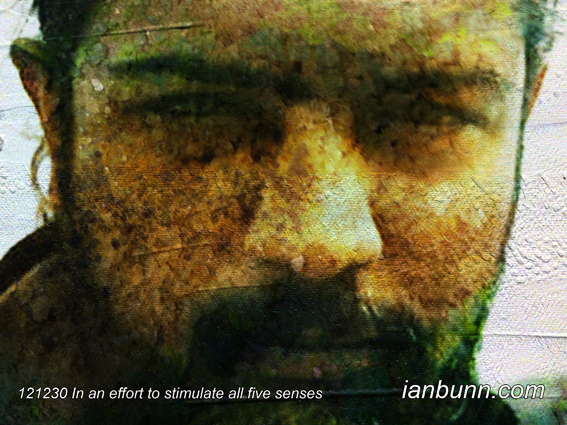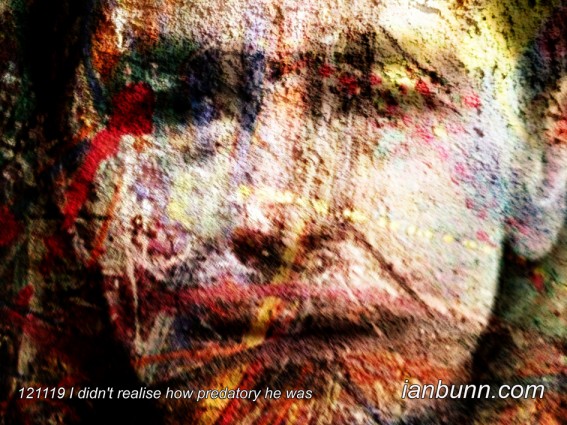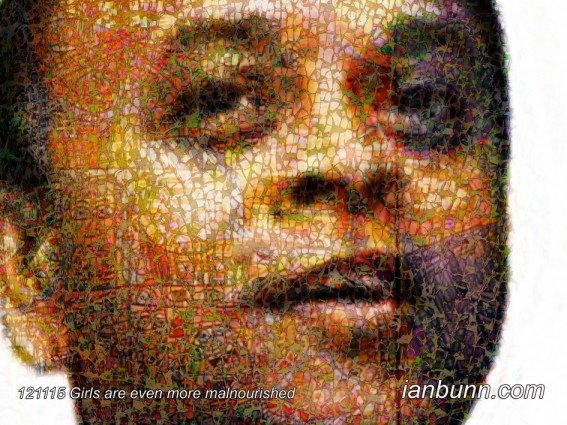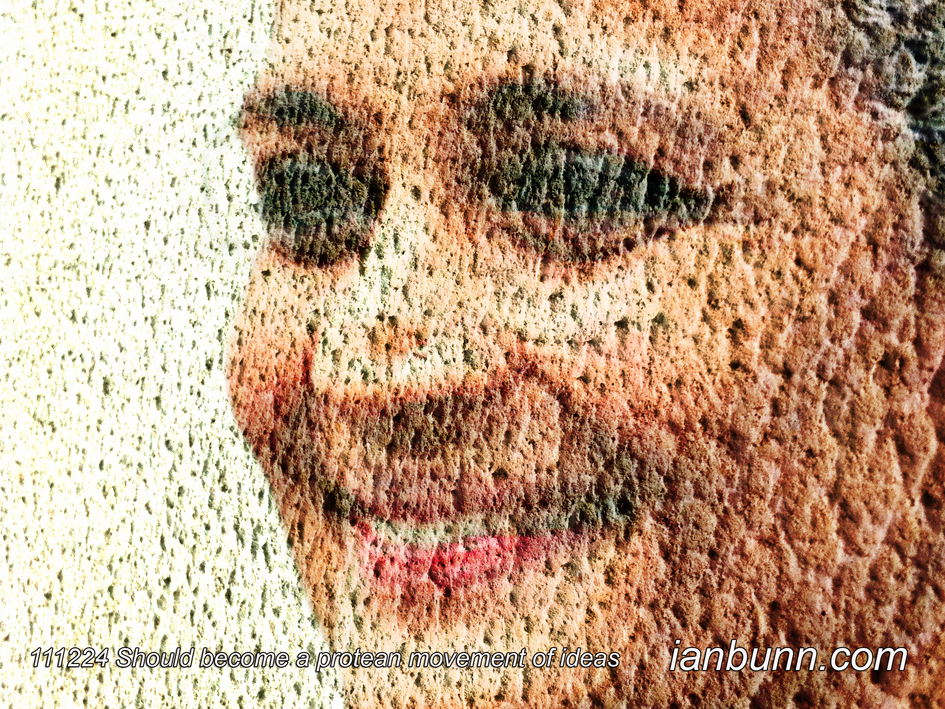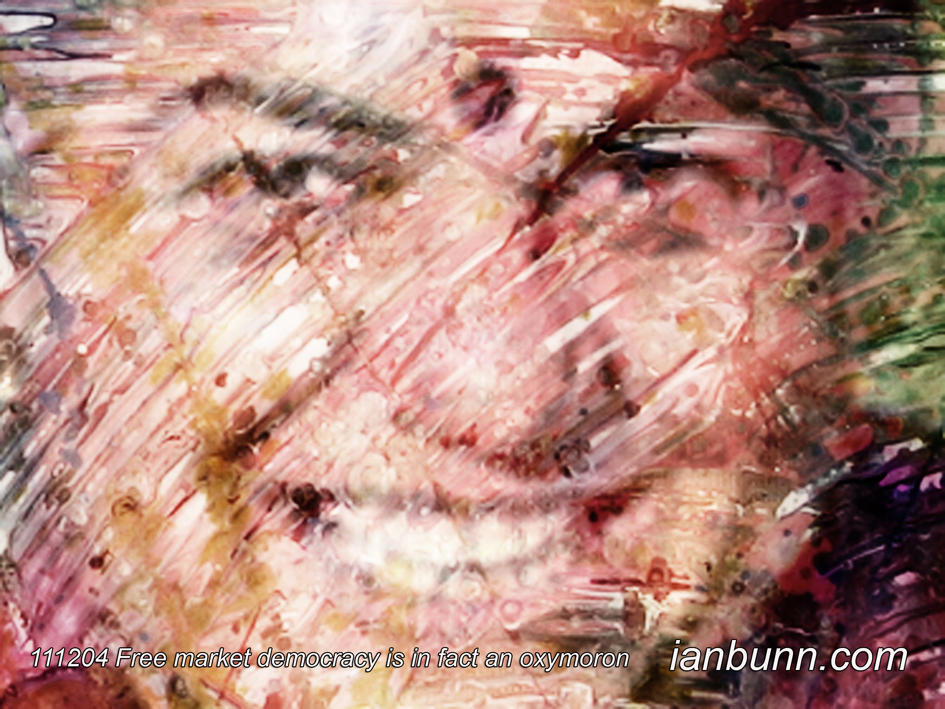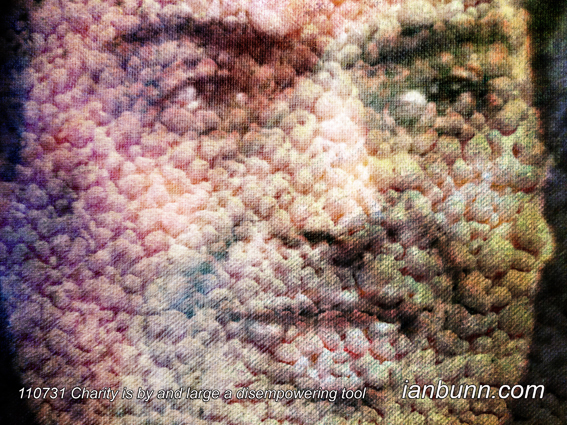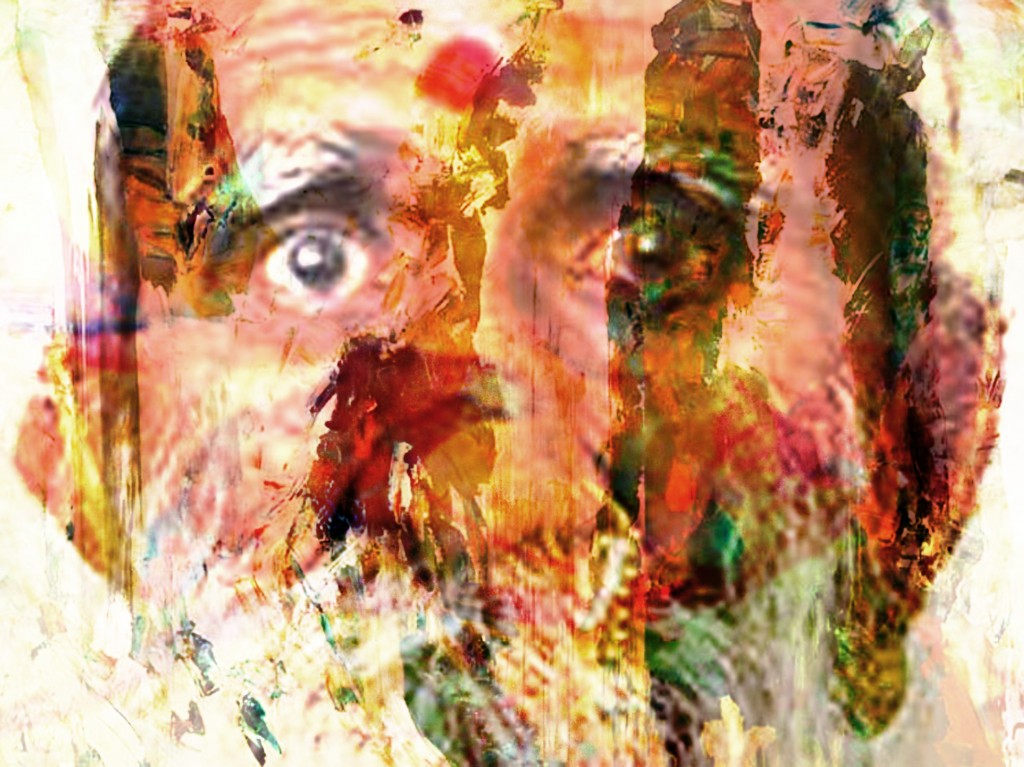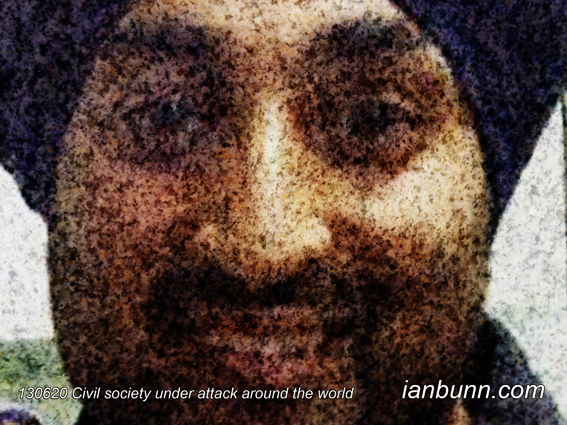 Civil society under attack around the world (June 20 2013)
Civil society under attack around the world (June 20 2013)
Mandeep S Tiwana the Indian lawyer who specialises in legislation affecting the core civil society freedoms of expression, association and assembly, has published an article in Global Issues titled ‘Civil Society Under Attack Around the World’ in which he states “In December 2011, 159 governments and major international organisations recognised the central role of civil society in development and promised to create an “enabling” operating environment for the non-profit sector. Despite the tall talk at the Fourth High Level Forum on Aid and Development Effectiveness in Busan, South Korea, today NGOs, trade unions, faith based groups, social movements and community based organisations working to expose rights violations and corruption remain in a state of siege in many parts of the world. …As evidence from CIVICUS’ State of Civil Society Report 2013 shows, promises made in Busan about creating an “enabling” environment for CSOs were ignored as soon as the proverbial ink had dried. With discussions on the post 2015 development agenda well underway, influential civil society groups are urging the U.N.’s High Level Panel to explicitly recognise the centrality of an enabling environment for civil society in any new formulation of internationally agreed development goals. While politicians are currently preoccupied with kick-starting or maintaining economic growth, there is a real danger that civil society’s right and ability to engage decision makers in various forums will be further limited. If global development goals are to succeed, civil society needs to be able to operate free from fear of reprisals for advancing legitimate if uncomfortable concerns. After all, civil society groups contribute substantially to development strategies and help find innovative solutions to complex developmental challenges. More importantly, they help ensure the representation of a wide range of voices, in particular those of the vulnerable and marginalised in development debates. Perhaps this is why they are being persecuted.”
Inspired by Mandeep S. Tiwana, Global Issues ow.ly/lE1Hc Image source Facebook ow.ly/lE1tY
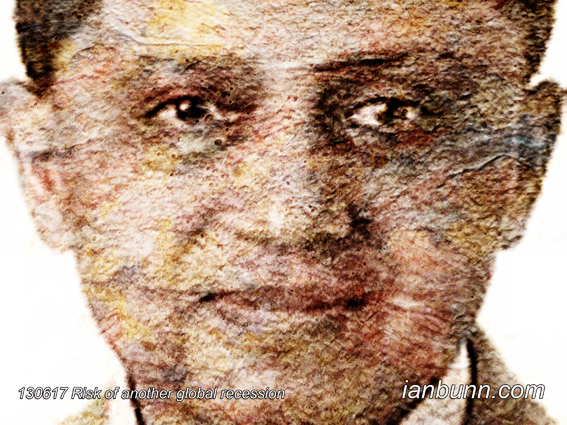
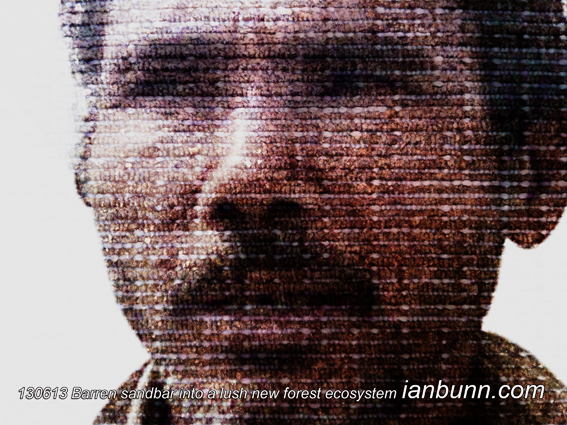
![Sanal Edamaruku the 57 year old Indian founder-president of Rationalist International who potentially faces three years imprisonment on the charge of hurting religious sentiments for his role in examining a claimed miracle at a local Catholic Church [a crucifix that was dripping at Our Lady of Velankanni church in Mumbai, Edamaruku identified the source of the drip as resulting from a clogged drain], has been interviewed by Ryan Shaffer for The Humanist. During the interview Edamaruku states “Indian blasphemy laws are relics of colonial legislation and have a long history of abuse. In the decades since independence, they’ve been regularly used to hound and silence intellectuals and artists who question religious beliefs. What’s dangerous is that anybody can easily launch a complaint against whomever he wants for violating his religious feelings. And on the basis of such a complaint, the police can arrest and hold the suspect until he’s acquitted by a court of law, which can take years. So the real danger isn’t so much the verdict as the pre-trial “punishment.” …The government has the duty to protect religious and nonreligious citizens, but not religion. Religion is a private matter. History shows that most people in India are ready to tolerate others’ religions, to live and work peacefully together. But religious conflicts have always been created to play politics, and there’s no strong political will to end this old game as politicians of all parties prefer to reap its fruits. In short, the blasphemy law encourages abuse. It even offers a legal cover for crimes against the Constitution of India, Section 51A of which states “It shall be the duty of every citizen of India …(h) to develop the scientific temper, humanism and the spirit of inquiry and reform.” Our aim at the Indian Rationalist Association is to encourage and support people to fulfill this very duty, and it’s exactly what I did in Mumbai.” Inspired by Ryan Shaffer, The Humanist ow.ly/k4fJo Image source Twitter ow.ly/k4fpP](http://www.ianbunn.com/wp-content/uploads/2013/04/130503dcU60.jpg)
![Salil Shetty the Indian long-term activist on poverty and justice, former director of the United Nations Millennium Campaign and now Secretary General of the human rights organization Amnesty International has published an article on Aljazeera titled ‘Nigerian government should address the problems’. Shetty states "A country with global aspirations should also be a country of the rule of law. On that count, Nigeria is failing dismally - particularly when it comes to Boko Haram [Islamic militant group]. …The death of 43 adds to the toll of more than 1,000 people killed by Boko Haram over the last two years, including attacks on churches, outside mosques and in markets. Such an assault from within is a challenge to any country. But Nigeria has to find a more effective means of response than it has to-date. The country is positioning itself as a global player and is seeking a permanent seat on the UN Security Council. The terrible crimes of Boko Haram can never be a justification for a country's security forces to kill or disappear people with impunity. The security forces' response is creating an atmosphere of lawlessness across vast swathes of the country. In the words of one Nigerian judge, the authorities' disregard for due process is "barbaric". … Unlawful killings, detention without charge, and enforced disappearances are just some of the human rights violations being perpetrated by Nigeria's security forces in the name of national security which Amnesty International identified in a report launched in November. … The Nigerian government should address the problems, not blame the messenger or deny the undeniable. The Nigerian government owes its own people respect for the rule of law - including by the lawful prosecution of Boko Haram crimes, which we see too rarely. If official lawlessness is denied and goes unpunished, Nigeria will not gain the stability it so badly needs.” Inspired by Salil Shetty, Aljazeera ow.ly/hYDEp Image source Facebook ow.ly/hYDC8](http://www.ianbunn.com/wp-content/uploads/2013/03/130307dcU60.jpg)

